No products in the cart.
Upland Sea Oats (Chasmanthium Latifolium) – 16 Pack Of 1 Gallon Pots
$319.00 Original price was: $319.00.$97.99Current price is: $97.99.
SKU: D2LSC 7908551365 Category: PLANTS & TREES
- The quality you expect, the service you deserve.
- Where quality meets convenience.
- Shop with Zero Worries
- Service with a smile, always online.

Upland Sea Oats
Chasmanthium latifolium
Other Common Names: Northern Sea Oats, River Oats, Woodoats, Inland Sea Oats
Plant Details
USDA Plant Hardiness Zones: 3a-8b Find Your Zone
Plant Type: Ornamental Grass
Height at Maturity: 3-5′
Width at Maturity: 2-3′
Spacing: 2-3′ for mass plantings, 6’+ for space between plants
Spacing: 2-3′ for mass plantings, 6’+ for space between plants
Growth Habit / Form: Arching, Clumping, Grassy, Upright, Wispy
Growth Rate: Moderate to Fast
Flower Color: Purplish brown seeds
Flower Size: .5 to .75″ seeds in fans
Flowering Period: Seeds are present Summer through Winter
Flower Type: Seeds
Fragrant Flowers: No
Foliage Color: Bright green leaves turn coppery color after frost and then light brown
Fragrant Foliage: No
Berries: No
Berry Color: na
Sun Needs: Full to Mostly Sun, Part Shade, All-day Filtered Sun or Light Shade
Water Needs: Average
Soil Type: Clay, Loam, Sandy (amended), Silty
Soil Moisture / Drainage: Well-Drained Consistently Moist, Boggy, Wet
Soil pH: 5.0 – 7.0
Maintenance / Care: Low
Attracts: Visual Attention, Birds
Resistances: Deer, Disease, heat, Humidity, Insect, Wet Soil
Description
Chasmanthium latifolium, commonly called northern sea oats, upland sea oats, inland sea oats, or indian woodoats, is a very easy to grow and attractive North American Native grass that adds lots of year round interest in the sunny or partially shaded landscape borders. Yes, this one grows in shade!
In early spring, bright green new leaves begin to emerge from the ground quickly forming a 3 to 5 foot upright clump of arching leaves that somewhat resemble dwarf bamboo plants. The leaves turn a beautiful copper color in fall before turning to light brown for winter. Perhaps the most unique feature of Upland Sea Oats are the clusters of dangling green seed heads that begin to emerge in summer at the ends of thin, arching stems that extend beyond the foliage. The seeds look like small fans and will flutter in the slightest of breezes. As cooler temperatures arrive, the green seeds begin to dry and turn to an attractive pinkish to then purple-bronze color before finally turning to beige in winter. The seedheads are excellent for use in dried flower arrangements.
Landscape & Garden Uses
Growing 3 to 5 feet tall with a spread of 2 to 3 feet wide, northern sea oats provides excellent contrast and texture almost year-round to landscape borders, shade gardens, native plant gardens, along woodland borders, along streams, creeks or near the water garden or small pond.
Suggested Spacing: 2 to 3 feet apart for mass plantings; 6 feet or more apart for space between plants
How To Measure for Total Square Feet
How Many Plants to Fill a Planting Area
Growing Preferences
Northern Sea Oats are exceptionally easy to grow in most any moist to wet soil in full sun or part shade. Tolerates poor soils and dry periods but grows best in consistently moist, somewhat fertile soils. If you’re looking for an ornamental grass that will grow in quite a bit of shade this one is a good choice. Plants do self-sow and will form colonies where happy. If desired, seed heads can be removed to prevent self sowing, but we usually leave the foliage and the seeds in place to provide winter interest in the landscape and to protect the crowns. The seedlings are easily removed or sprayed if unwanted Then we cut plants back to the ground in late winter or early spring before new growth begins to emerge from the ground. We’ve seen absolutely no problems with insects or disease.
Note: Find helpful advice from our experts under the Planting & Care tab above on desktop computer screens or below on mobile devices.
Plant Long & Prosper!
Meet The Wilson Brothers & Staff
Questions? Contact Us!
Be the first to review “Upland Sea Oats (Chasmanthium Latifolium) – 16 Pack Of 1 Gallon Pots” Cancel reply
Related products
Sale!
FRUIT TREES & PLANTS
Sale!
Sale!
PLANTS & TREES
Sale!
GROUNDCOVER PLANTS
Sale!
Sale!
Sale!
Sale!
GROUNDCOVER PLANTS




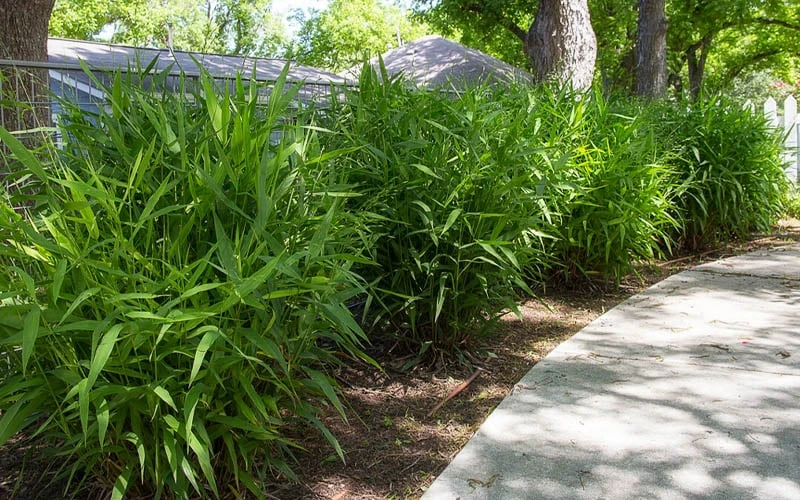





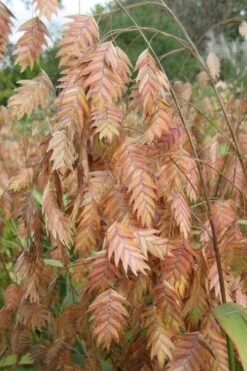



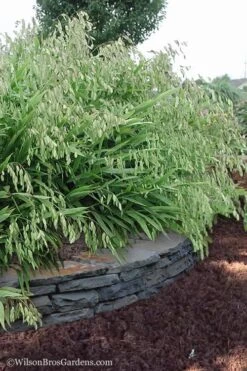

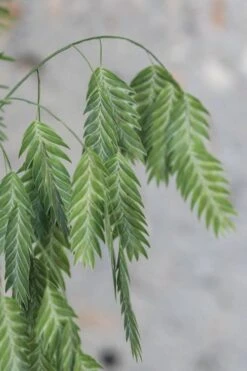
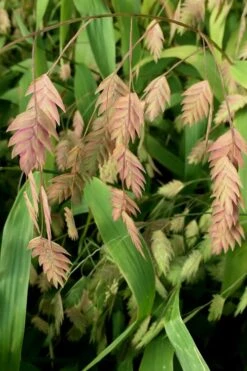


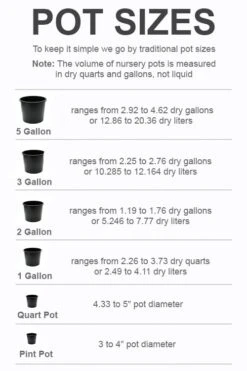

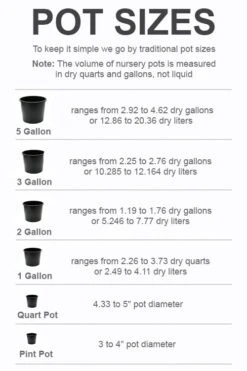
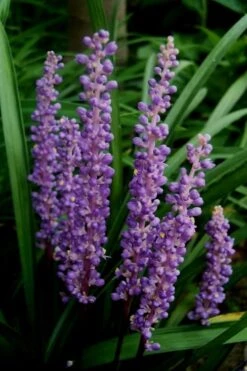
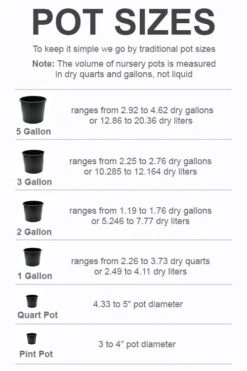
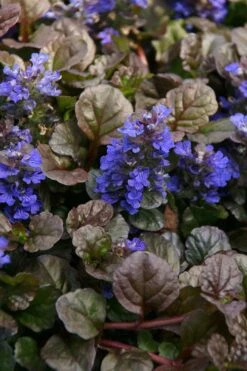
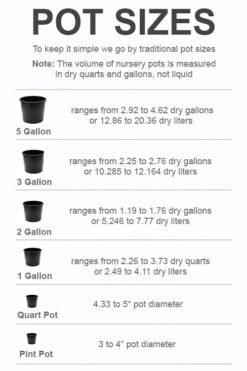



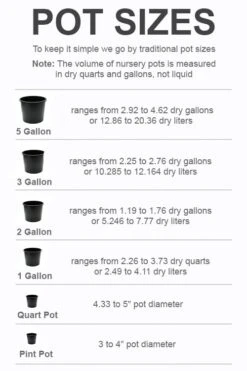



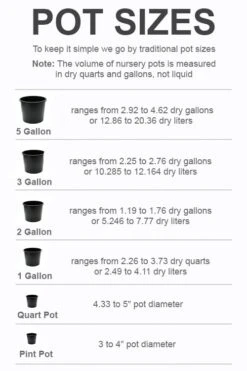
Reviews
There are no reviews yet.